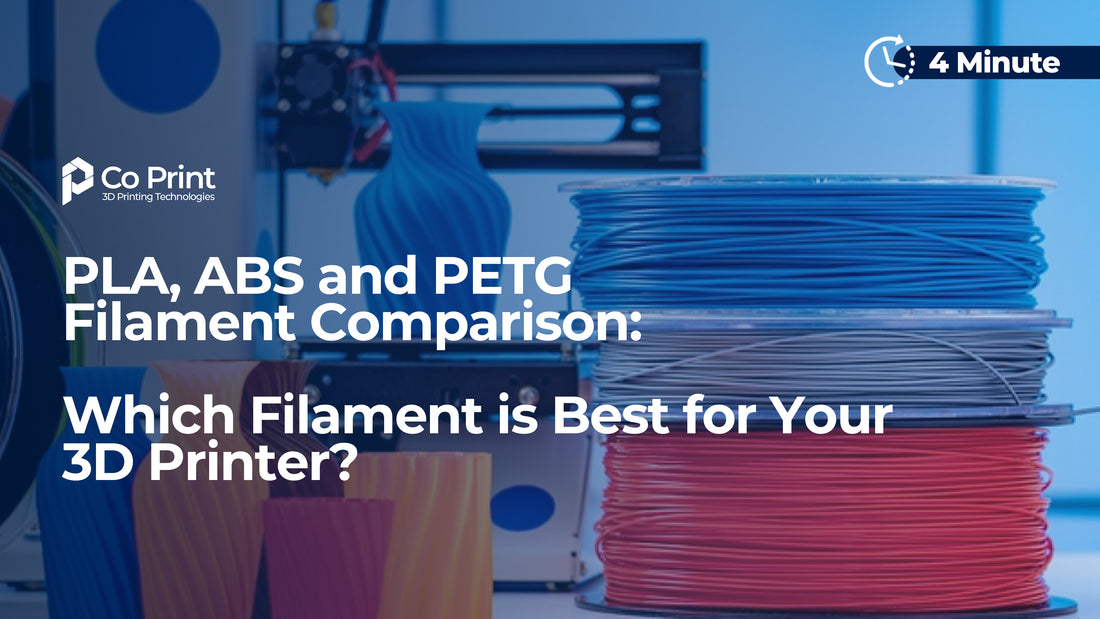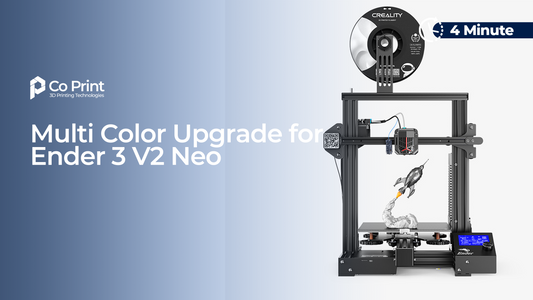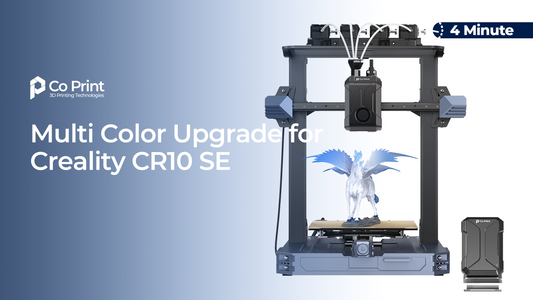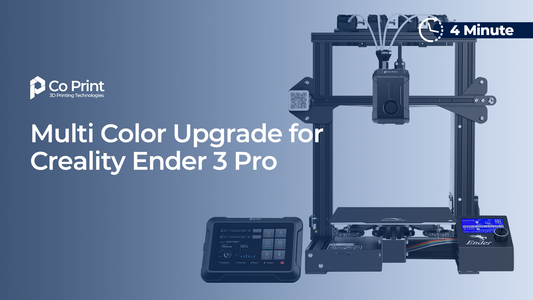3D printers are incredible tools that allow you to unleash your creative potential and turn your dream objects into reality. But as you embark on this exciting journey, you need to choose the right filament, which is one of the most important elements to get the most out of your printer. In this article, we will help you make your choice by comparing in detail the three most commonly used filament types in 3D printers: PLA, ABS, and PETG.
PLA Filament:

- Material: A thermoplastic that is biodegradable and derived from renewable resources (corn starch, sugar cane).
- Ease of Use: It is easy to process, has a low shrinkage rate and first-layer adhesion is problem-free.
- Press Temperature: 180-210°C
- Heat Resistance: 50-60°C
-
Advantages:
- Easy to use and less error-tolerant
- A low shrinkage rate ensures dimensional accuracy
- Non-toxic and odorless, safe for use in indoor environments
- Biodegradable and environmentally friendly
- Wide color range, aesthetic freedom
-
Disadvantages:
- Low heat resistance, may deform at high temperatures
- Lack of flexibility, sensitivity to impact and vibration
- Higher price compared to ABS and PETG
ABS Filament:

- Material: A synthetic thermoplastic, it is obtained from petroleum derivatives.
- Ease of Use: It is more difficult than PLA, high shrinkage rate and first layer adhesion problems may occur.
- Press Temperature: 210-250°C
- Heat Resistance: 80-100°C
-
Advantages:
- Robust and durable, resistant to mechanical loads
- High heat resistance, suitable for use in hot environments
- Flexibility, resistance to impact and vibration
- More affordable
-
Disadvantages:
- Difficult to use, requires experience and attention
- High shrinkage rate can lead to deformation in dimensions
- Produces toxic fumes, ventilation is important
- Not environmentally friendly, obtained from petroleum derivatives
PETG Filament:

- Material: A thermoplastic that combines PET and glycol, which can be seen as a mixture of PLA and ABS.
- Ease of Use: It is close to PLA, medium shrinkage rate, and the first layer is relatively easy to stick.
- Press Temperature: 220-250°C
- Heat Resistance: 70-80°C
-
Advantages:
- Easy processability, similar usage experience to PLA
- Medium shrinkage rate, better control of dimensions
- Durability and durability, mechanical properties close to ABS
- Transparency, different aesthetic options
- Suitable for food contact, ideal for water bottles and containers
-
Disadvantages:
- More expensive than PLA and ABS
- Higher printing temperatures may not be suitable for some printers
Which Filament Should I Choose?

Choosing the right filament is the first of all your needs and your printer's features require consideration.
The following questions can help you choose:
- What kind of object do you want to produce? (Figure, prototype, functional part, etc.)
- How sturdy and durable does the object need to be?
- What temperatures can your printer reach?
- Do you want an easy-to-use filament?
- Do you want an environmentally friendly filament?
- How much is your budget?
Selection Examples:
- For figures and toys: PLA is ideal with its easy use and wide color range.
- For prototypes and functional parts: ABS stands out with its durability and heat resistance.
- For products suitable for food contact: PETG offers food safety and transparency.
- For flexible and durable objects: TPU filament option can be considered.
Additional Information:
- Different filament types may require different print settings. It is important to optimize your printer's settings for the filament you choose.
- Many filament manufacturers share the technical specifications and usage instructions of their products on their websites. It will be useful for you to review this information before printing.
- Experienced 3D printer users can determine the most suitable option by experimenting with different filament types and comparing the results.
Conclusion:
PLA, ABS, and PETG are the most commonly used filament types in 3D printers. Each has its advantages and disadvantages. Choosing the right filament, taking into account your needs, printer features and budget, will enable you to achieve the best printing results and turn your creative ideas into reality.




